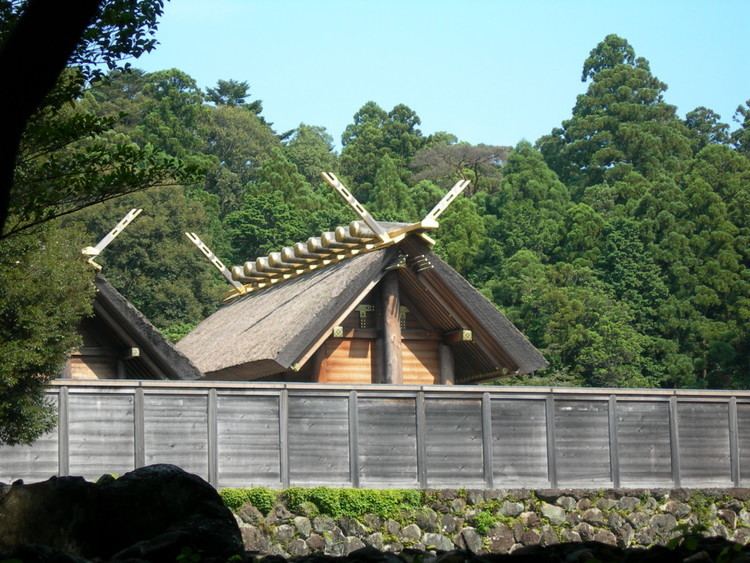645–650 Taika 686–686 Shuchō 704–708 Keiun Start date April 1332 | 650–654 Hakuchi 701–704 Taihō 708–715 Wadō | |
 | ||
Shōkyō (正慶, also pronounced "Shōkei") was a brief initial Japanese era of the Northern Court during the Kamakura period, after Gentoku and before Kenmu, lasting from April 1332 to April 1333. Reigning Emperors were Emperor Go-Daigo in the south and Emperor Kōgon in the north.
Contents
Nanboku-chō overview
During the Meiji period, an Imperial decree dated March 3, 1911 established that the legitimate reigning monarchs of this period were the direct descendants of Emperor Go-Daigo through Emperor Go-Murakami, whose Southern Court had been established in exile in Yoshino, near Nara.
Until the end of the Edo period, the militarily superior pretender-Emperors supported by the Ashikaga shogunate had been mistakenly incorporated in Imperial chronologies despite the undisputed fact that the Imperial Regalia were not in their possession.
This illegitimate Northern Court had been established in Kyoto by Ashikaga Takauji.
Change of era
In this time frame, Genkō (1331–1333) was the Southern Court equivalent nengō.
